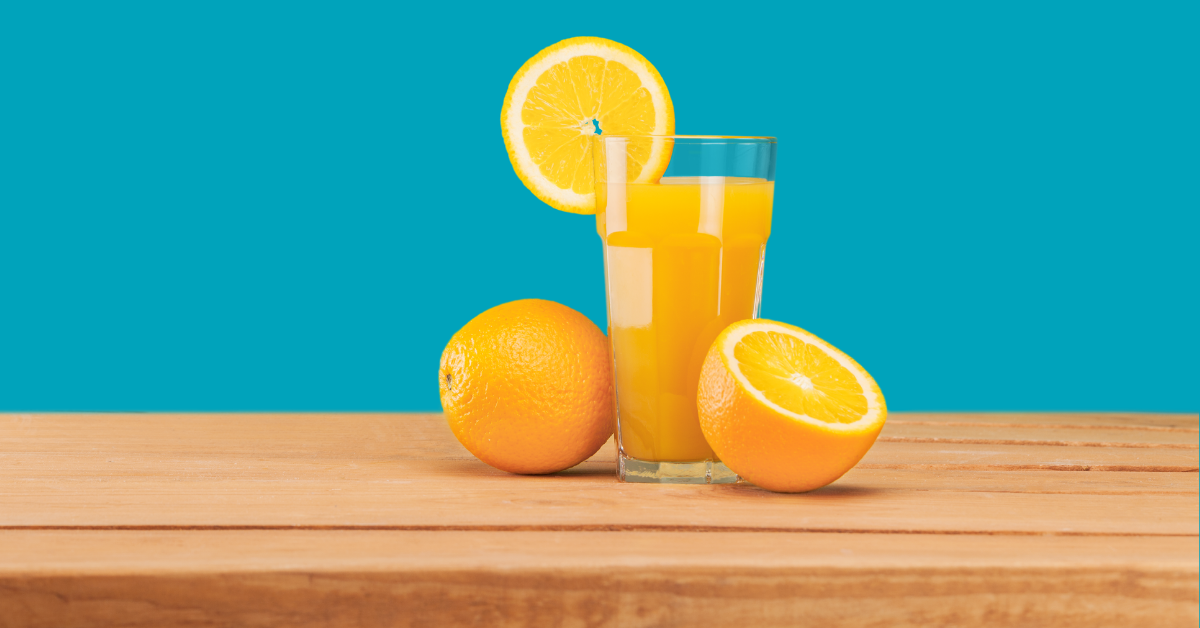
People with diabetes are often told what they can and can't eat. Usually the presence of carbohydrates fosters the assumption that a food is off limits. Although these foods are sometimes viewed as problematic for people with diabetes, here's the reality: no foods are off limits. Learn how to make oranges work with your blood sugar in mind.
Diabetes Problem Foods, Pt. 11
As the world continues to unravel the coronavirus's complex nature, we know that we have a unique system dedicated to fighting off unwelcome visitors. Vitamin C, a powerful antioxidant, plays a major role in immune system function. As you know, high blood sugars weaken immune system function.
Citrus fruits, such as oranges, contain Vitamin C and other supportive nutrients that enhance and support immune system function. With over 400 varieties (mandarin, tangerine, Navel, blood oranges, and others), oranges fall into two categories, bitter and sweet. Oranges can be eaten as part of a snack and used in sauces, salads, meat preparations (i.e., kabobs), and vegetables. The key to maintaining and sustaining optimal health with diabetes is always balance and variety and not avoidance.
Can people with diabetes eat oranges?
People diagnosed with diabetes can enjoy oranges. Oranges come in different sizes, and it is best to consume small servings or plan accordingly for larger servings because oranges still have sugar in them. Smaller servings mean smaller impact. Remember, large oranges you can cut in half and enjoy for a later snack or with your meal.
Glycemic Index: Oranges (40-46), canned (53), whole, and juice (50) fall in the low glycemic category. Remember that a product with a glycemic index of less than 55 is in a low category.
Please make sure you read the food labels for ingredients and added sugar content for canned products and juices. The Total Sugars on an ingredient label include the natural sugars in a product. Added Sugars (free sugars) are sugars added to the product during processing. The first three ingredients on a food label are usually the main ingredients in the product. For those on 2000 calories a day meal plan, 50 grams of added sugar a day is the limit.
Keep in mind that you do not have to consume the juice in canned products; you can rinse canned products to help remove added sugar and salt.
Other foods rich in antioxidant Vitamin C include apples, broccoli, grapefruit, green and red peppers, kale, melons, potatoes, and tomatoes.
History of oranges
Oranges are native to Asia. Before the 1920s, oranges were considered a dessert fruit.
Research continues to unravel the health benefits of citrus peels, including their role in preventing cancer, decreasing the risk of stroke, heart disease, and improving good cholesterol (HDL).
Nutrition of oranges
One orange, 2 5/8 in diameter), has no fat or sodium and is one (15 grams) serving carbohydrates. Oranges contain 3 grams of fiber, 12 grams of sugar, 235 mg of Potassium, and 52 mg of Calcium (bone health and muscle and nerve function).
Vitamin C protects our cells, helps with the absorption of Iron, and assists with wound healing by making collagen. The recommended daily value for men is 90 mg and women 75 mg. If you smoke, then add another 35 mg of Vitamin C to your meal plan.
One cup of oranges contains approximately 95 grams of Vitamin C. Orange juice contains approximately 379 mg of Vitamin C.
Vitamin C plays a role in preventing and treating respiratory infections.
Orange Recipes
Here are some collections of recipes using oranges.
Diathrive
Diabetes Gourmet Magazine
Cookies, muffins, salads, and others
Eatright.org (Academy of Nutrition and Dietetics)
Baked Bananas in Orange Cinnamon Sauce

